I have the basic series RLC circuit in simulation below. As one can see in SPICE simulation, the output voltage at resonance frequency goes upto 1KV:
Can I really obtain that much voltage as in the simulation in practice by using a function generator and setting the input to around 1.6MHz(resonance freq.)?
Does it also produce a visible continuous electric arc if a grounded metal plate is placed in the vicinity? Or would the function generator's current will be an issue?
Or the resonance will displeasure if there will be some discharge?
I wonder what kind of practical challenges or issues I might encounter.
Edit:
2nd version with the ideas from glen_geek to make it as realistic as possible: .. I increased the inductance to 10mH. Something like this: https://images-na.ssl-images-amazon.com/images/I/414-dRJ5jTL.SX425.jpg Now I took account parasitic capacitances, output impedance of function generator ect. And increased the input voltage amplitude from 1V to only 2V. Here I still can get 1kV at 290kHz:
Is it really possible in real? If so how many mm plate gap I need to obtain a continuous electrical arc at 1KV?


